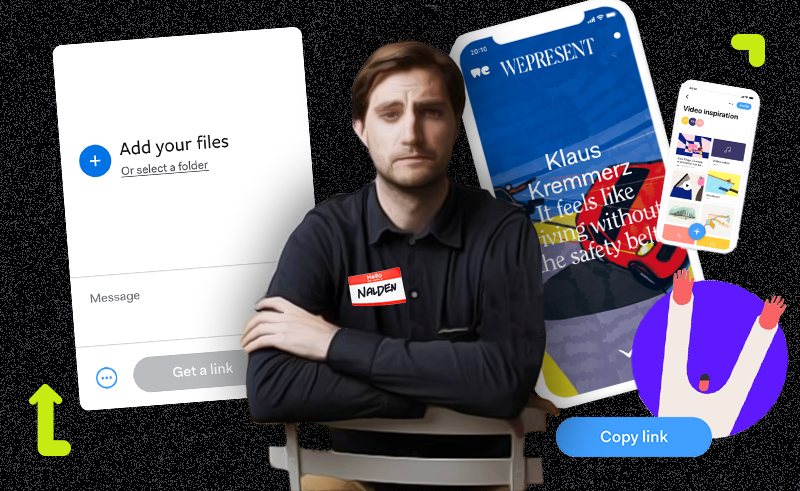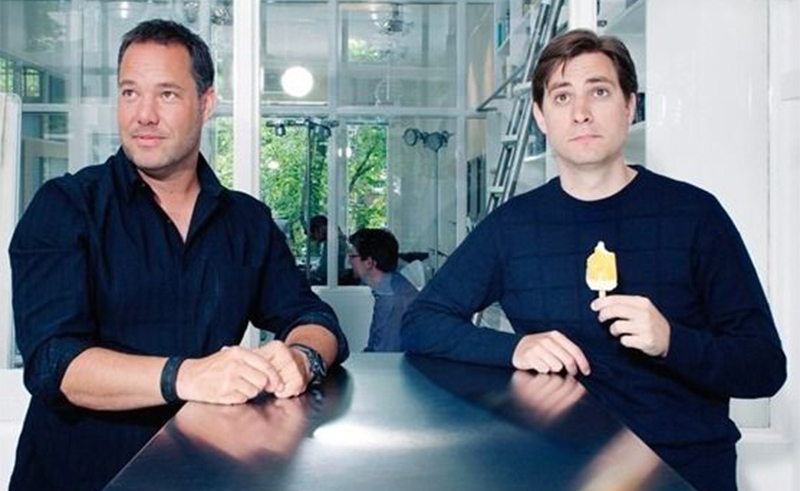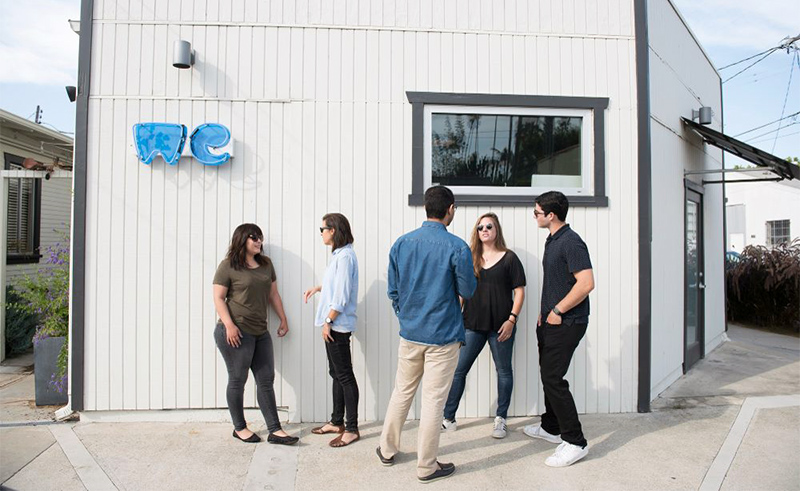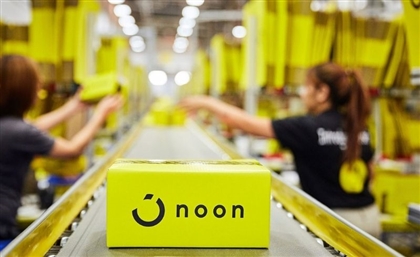A Creative’s Best Friend: How WeTransfer Reached Profitability in Just 4 Years from Its Inception
From verb to wetransfer, to wetransferable, we take a few steps back to understand how this 10-year-old startup merged into the lives of creatives.

Working in the ever-demanding industry that media is, I say or type the word “wetransfer” at least 100 times per day at work. In my G-mail inbox, incoming messages from noreply@wetransfer.com take up at least 30% of my Updates tab. It never occurred to me until very recently to read more about the business behind WeTransfer. One day, as I patiently waited for a file to be uploaded, the idea of this very article took shape a few minutes after clicking on one of the ads.
The high demand and low supply of data storage cues monetization to step in and take advantage of the needy employees thirsty for a gigabyte or two to keep their files safe. The process evolved into the File Synchronisation and Sharing industry. With no surprise, the United States holds the largest share of the market due to the presence of a large number of services and software providers such as Microsoft, Google, and Dropbox.
However, it seems that the tables are turning with file sharing startups sneaking up the ladders of success standing elsewhere, in parallel with the ladders standing in Silicon Valley. Amsterdam has Europe’s fastest broadband speeds and excellent infrastructure. It is number 16 in the world and 4 in Europe in the list of cities outside of Silicon Valley most likely to serve as a top tech innovation hub in the next four years. Amsterdam is also the birth place of WeTransfer.
Hello! My name is Nalden

The co-founders of WeTransfer; Bas Beerens on the left, Nalden on the right.
Ronald Hans, who goes by “Nalden,” was an active teenager in a boring Dutch village. He had to go online and explore the world. Blogging forced him to stay curious. He loved blogging so much that he started Nalden.net at the age of 16, which became profitable only six months later, opening the doors of influence and entrepreneurial stardom. It inspired him to experiment with music, tech, architecture, fashion, and at the same time he introduced the full screen business model offering a billboard for brands to become visible on Nalden.net. “And it’s that curiosity, inspiration, and desire to share that was the catalyst to starting WeTransfer.”
It’s how Nalden met Bas Beerens, who had already started building this nifty tool that allowed people to send large files out of his own frustration with a series of personal experiences at work. Later in 2009, they put a name to it, married file-sharing to blogging and registered WeTransfer; a young Dutch startup that is now pretty much competing with giants like Google and DropBox.
“What they (Google and Dropbox) do is offer a utility, we think there's so much more than a utility. To be really honest, we just wanted to build something better than YouSendIt. Remember YouSendIt?” Nobody in the room seemed to remember, to Nalden’s shock.
Founded in 2004, YouSendIt (that in 2013 rebranded to Hightail, is a cloud service that lets users send, receive, digitally sign and synchronise files. Fun fact: when you type YouSendIt in Google Search, WeTransfer comes in second. Another fun fact: What comes in third is a website called “WeSendIt” advertising a hefty 200 gigabytes to upload for free in comparison with the lonesome 2 gigas WeTransfer is making a fuss about.
However, the niche market model is not one that is destined to doom. WeTransfer's journey to success proved that the niche-r the merrier. They’ve seen this happening with the late musician Prince Rogers Nelson, who started sharing music directly with his fans through WeTransfer. “The fun part was he was sharing .wav files rather than .mp3s, that people could download for free. I think that’s pretty epic,” Nalden says.
“We started this company bringing this utility together with showcasing creative and commercial content, which became the DNA of WeTransfer,” he says in a talk under the title “Sharing is Caring” at The Next Web 2017. “It’s the ying and yang, it’s together creating that ultimate harmony of the user experience.”
A decade later, it is still reflected on the product as it is today, and Nalden trusts that that will be the case for all the future project developments. "We wanted to build something much more accessible, and so simple to use, that even our parents would know how to use it."
Growing the seed

WeTransfer's journey to success proved that the niche-r the merrier.
Migrating from merely sharing files, the Dutch startup grew to become a repository of tools to move ideas – as generic as this must sound. WeTransfer started off relying on their own money for six years until they raised $25 million in a Series A funding round from Highland Capital Partners Europe.
Following the 2015 round, WeTransfer decided it has to join the hustle and bustle of the American dream while keeping its head office at its hometown. They opened a U.S. office in Venice Beach, Los Angeles, to add to the Amsterdam headquarters. In 2018, WeTransfer acquired popular creative apps Paper and Paste and expanded its U.S. presence to Seattle and New York City.
Nalden compares what they do at WeTransfer to the experience of a museum-goer. “I don’t know about you, but when I go to a museum, I go there with a specific artist or exhibition in mind. But every time I’m there, I discover something else. Some new piece of art, from a different artist. This is very similar to what’s happening at WeTransfer,” he explains.
While waiting for your files to upload, WeTransfer drags a slideshow of photos and one-liners asking a question or throwing a bizarre fact. If you click on the link below the photo, it will take you to: “WePresent,” a one-year-old website that tells unconventional stories about creatives and their work.
In August 2019, WeTransfer scored EUR 35 million (almost $40 million) in a Series B round led by European growth equity firm, HPE Growth, with significant participation from existing investors Highland Europe.
“Our ambition is to be behind every great idea, and since acquiring Paper and Paste we’ve seen rapid adoption of our tools globally,” says WeTransfer’s CEO Gordon Willoughby.
Harvesting the Profit

WeTransfer has reached profitability by going with its business model beyond being a mere utility, which makes the startup stand out between Google and Dropbox.
The valuation of WeTransfer hasn’t been made public yet, but it actually became profitable two years before their seed round. Pioneering at “non-invasive advertising,” Nalden was able to move his experience with full-screen advertisement on his blog to WeTransfer’s business model; split between advertising and premium subscriptions.
“So, it’s a combination of all the impressions we serve to our users; one third art, and two thirds advertising,” the co-founder explains.
With a free account, users can send files of up to two gigabytes, whereas with a premium account, customers get access to bigger transfer sizes; between 20 gigabytes and 1 terabytes storage with password and personalisation features.
“WeTransfer has become a trusted brand in its space with significant scale,” Willoughby tells TechCrunch on the occasion of their latest round of investment. “Our transfer service has 50 million users a month across 195 countries, sharing over 1.5 billion files each month.”
Creative content without commercial will not live, and commercial content without creative will be unbearable. WeTransfer's methodology works by the presumption that inspiration leads to ideas, and ideas lead to creative action. Somewhere in this process, WeTransfer believes that people will need their service to start sharing again. “So, it becomes this creative growth cycle,” as Nalden describes it.
Trending This Month
-
Dec 28, 2025




















